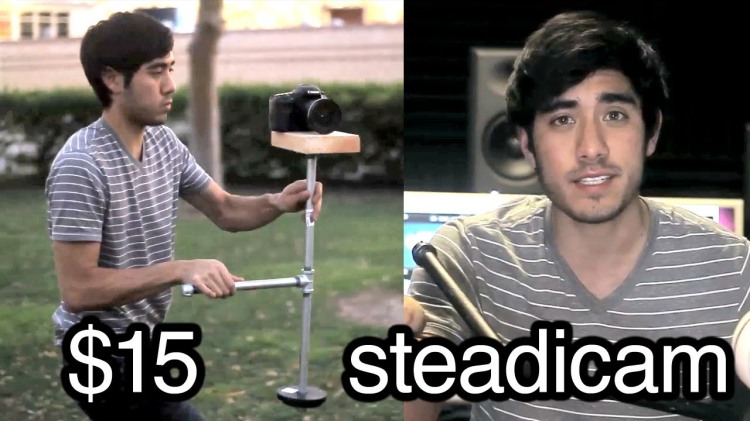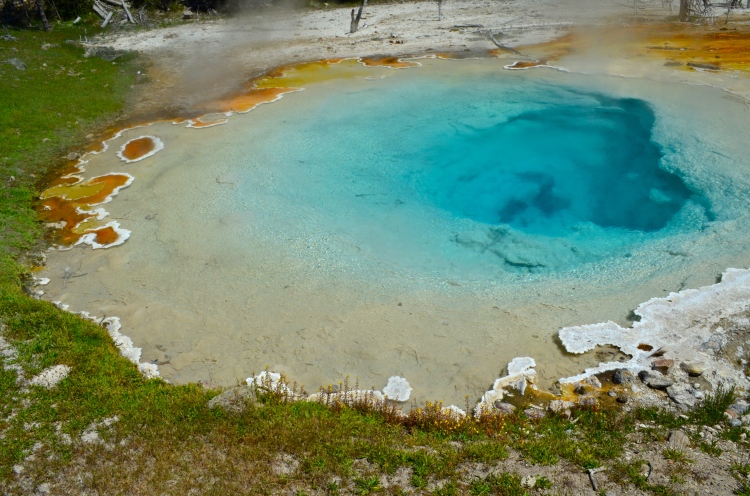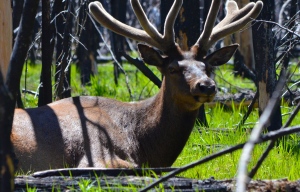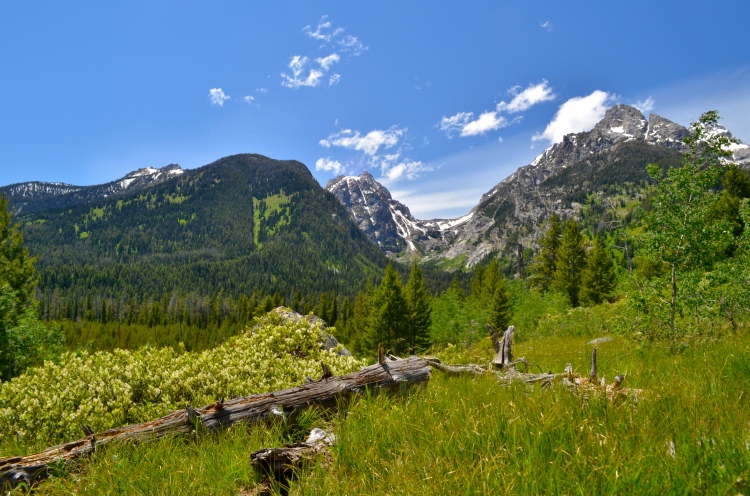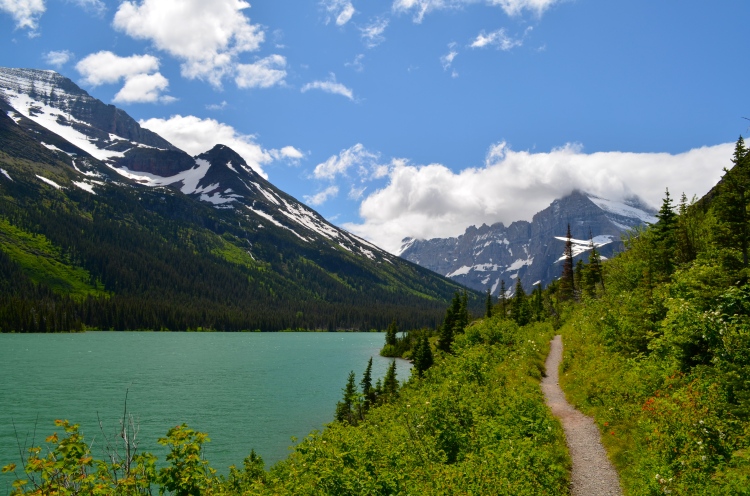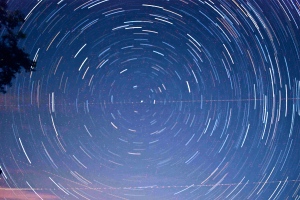Throughout the years I have developed as a photographer. As I matured as a photographer my equipment has gotten better. My first DSLR (digital single-lens reflex) was a Nikon D60. This was and still is an outstanding camera; however, currently I have become more interested in videography which is why I purchased the Nikon D5100. Along with the camera I have an 18-55mm and 55-200mm lens. The D5100 has a 1080p video mode that allows you to take high quality videos. Another reason I upgraded to the D5100 is because of its ability to have an internal interval timer that takes photos on a set time frame. This ability is very useful in time lapses.
In addition to my camera, I have other pieces of equipment such as tripods and polarizers that enhance the overall quality of my images. Tripods create steady shots and polarizers eliminate glares and reflections caused by the sun and weather conditions. See my post about polarizers here: https://mcgeephoto.wordpress.com/2013/11/23/polarizers-why-you-should-have-one/
Lastly, over the years I have made my own photography rigs that also enhance the quality of the images and videos I produce. Recently, I made a DIY steady cam that allows you to get a sweeping and floating like shot while filming. See my post about my DIY steadicam here: https://mcgeephoto.wordpress.com/2013/11/25/diy-steadicam-tutorial/
